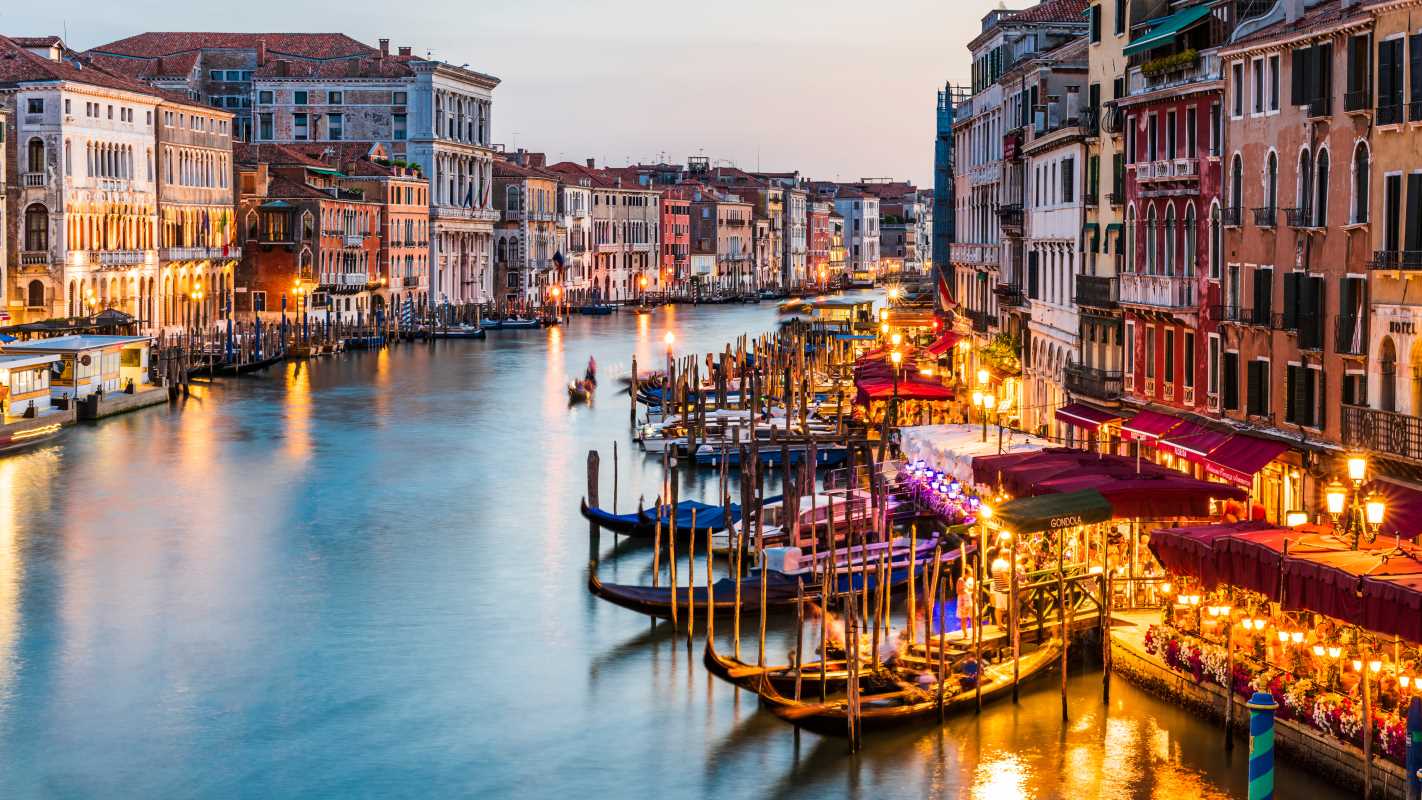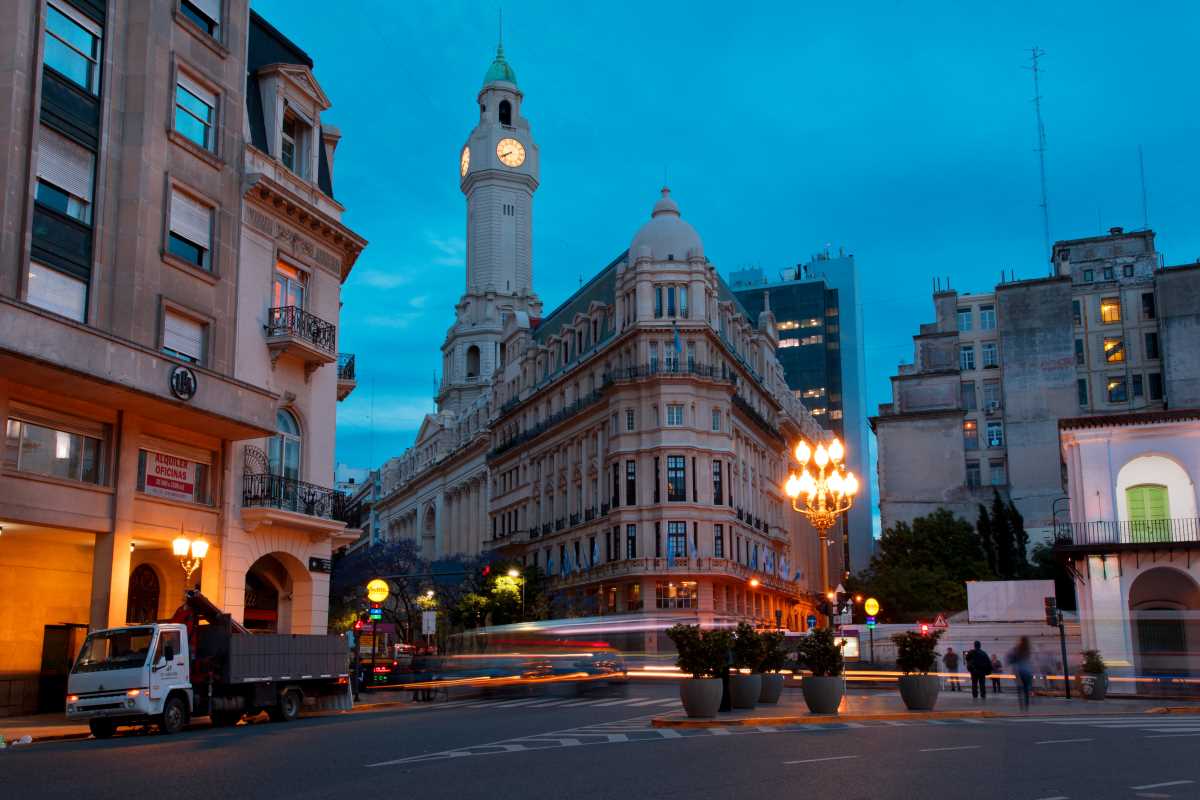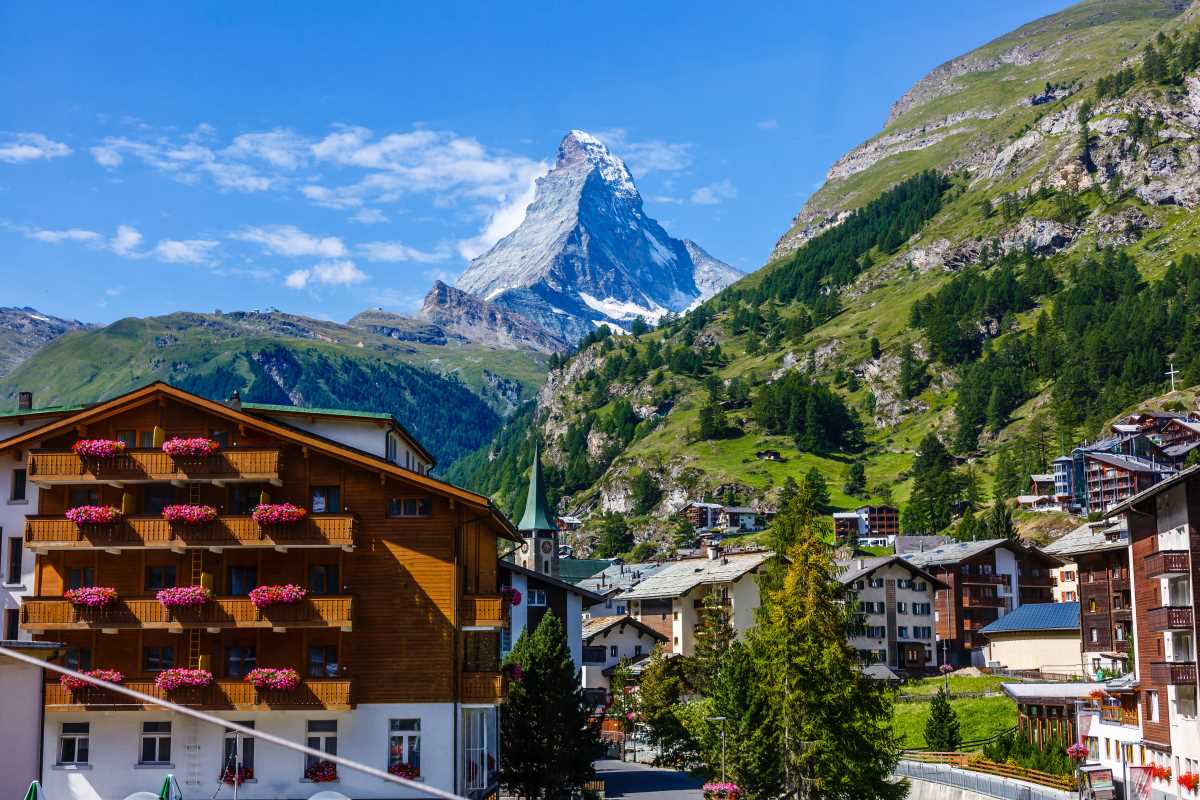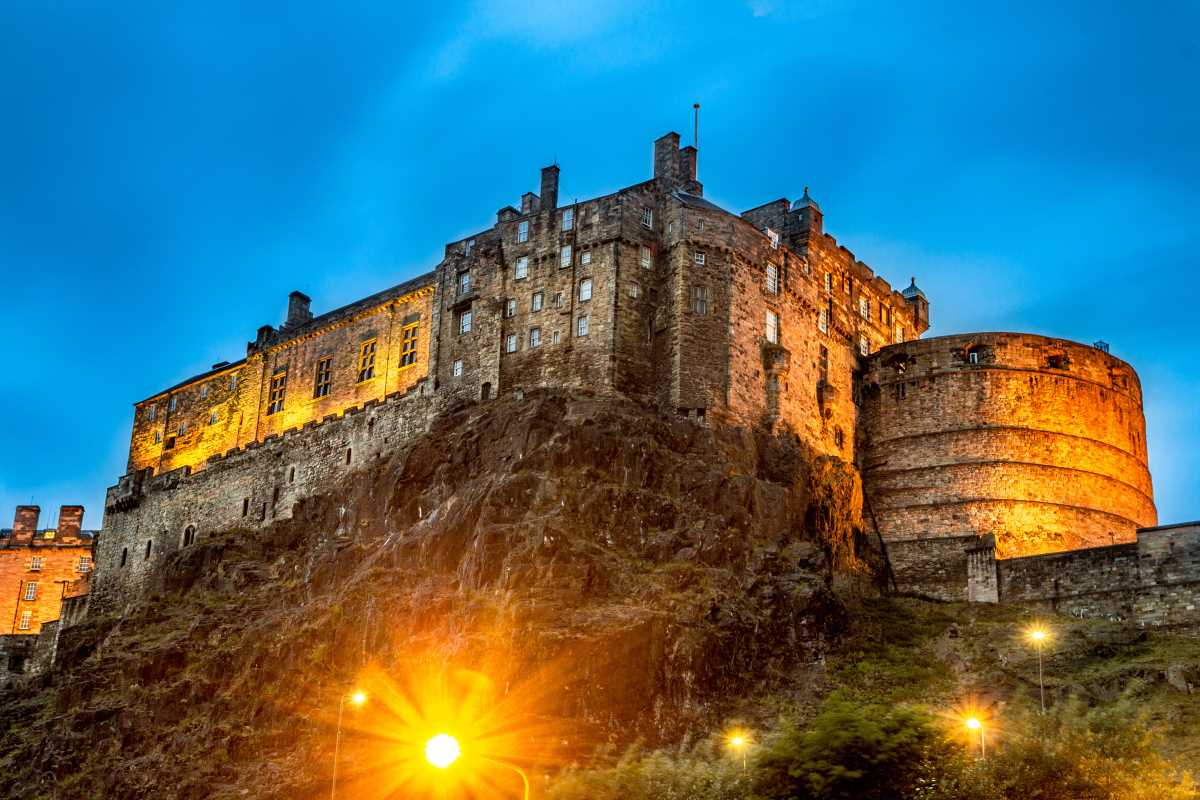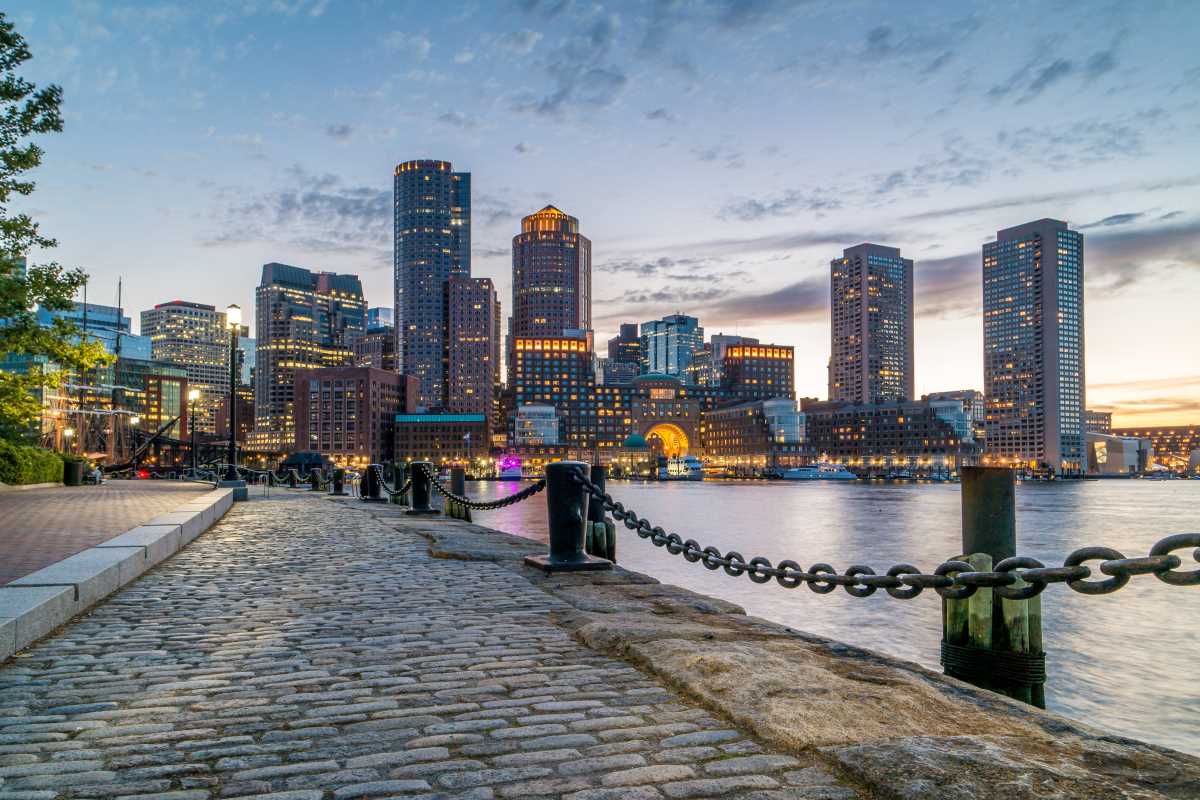Las Vegas is world-famous for its glittering skyline, endless nightlife, and lively buzz on the Strip—but did you know beyond those famed neon lights lies a desert landscape bursting with adventure and raw beauty? Picture yourself swapping the high-energy pulse of casinos and shows for the soothing calm of vast red rock canyons, windswept mesas, and ancient petroglyphs, all waiting a short drive away. Here, you can wake up to a desert sunrise, explore dramatic scenery with your camera or hiking boots, and still catch a show or a great meal downtown by nightfall.
You don't have to travel far to find stunning scenery. These destinations offer a perfect escape into nature, each with its own unique character and charm.
Red Rock Canyon National Conservation Area
Just a 30-minute drive from the Strip, Red Rock Canyon feels like another planet. Its massive Aztec sandstone cliffs blaze in shades of red and cream, creating a dramatic backdrop for hiking and scenic drives.
- Best For: Hiking, rock climbing, photography, and scenic drives.
- Don't Miss: The 13-mile scenic drive is a must-do, with numerous pull-offs for photos and trailheads. Popular hikes include the family-friendly Lost Creek Children’s Discovery Trail and the more challenging Calico Tanks Trail, which rewards you with a hidden water pocket and a view of the Strip.
- Photo Tip: Capture the sunrise at Calico I viewpoint to see the rocks light up in brilliant shades of red and orange.
- Details: Timed entry reservations are often required. Check the official website before you go. The entrance fee is about $20 per vehicle.
Valley of Fire State Park
Nevada's oldest and largest state park is an hour's drive from Las Vegas and is well worth the trip. The park is famous for its vibrant red Aztec sandstone formations that appear to be on fire when reflecting the sun's rays.
- Best For: Unbelievable landscapes, photography, and short, rewarding hikes.
- Don't Miss: Hike the Fire Wave trail for an iconic photo of swirling red and white sandstone. See 2,000-year-old petroglyphs at Atlatl Rock and drive the scenic Mouse's Tank Road.
- Photo Tip: Sunset is magical here. Head to the Fire Wave or Rainbow Vista for breathtaking colors as the sun goes down.
- Details: The park is open year-round from sunrise to sunset. The entrance fee is $10-$15 per vehicle. Be extra cautious with heat in the summer, as temperatures can be extreme.
Hoover Dam & Lake Mead National Recreation Area
An engineering marvel of the modern world, the Hoover Dam is a fascinating sight. It holds back the mighty Colorado River to form Lake Mead, the largest reservoir in the United States.
- Best For: History, engineering, and water activities.
- Don't Miss: Take a guided tour to see the inner workings of the dam. Walk across the Mike O'Callaghan–Pat Tillman Memorial Bridge for a stunning bird's-eye view. At Lake Mead, you can swim, kayak, or simply relax on a beach like Boulder Beach.
- Details: The Hoover Dam is about a 45-minute drive from Las Vegas. Various tour options are available. Lake Mead has separate entrance fees, around $25 per vehicle.
Sloan Canyon National Conservation Area
Known as the "Sistine Chapel of Native American rock art," Sloan Canyon is home to one of the most significant petroglyph sites in Southern Nevada, with over 300 rock art panels.
- Best For: Ancient history, petroglyphs, and quiet hiking.
- Don't Miss: The main attraction is the Petroglyph Canyon Trail, a moderately strenuous hike that leads you through the heart of the rock art gallery.
- Details: Access to the main canyon can be challenging and may require a high-clearance vehicle. It’s best visited in the cooler months. There is no entrance fee, but check conditions before you go.
Mount Charleston
When you need a break from the desert heat, head up to Mount Charleston. This alpine environment offers cool breezes, pine trees, and a surprising change of scenery.
- Best For: Escaping the heat, hiking, and seeing a different side of Nevada.
- Don't Miss: In summer, enjoy beautiful hikes like the Mary Jane Falls Trail. In winter, you can even ski or snowboard at Lee Canyon Ski Resort.
- Details: Temperatures here can be 20–30°F cooler than in Las Vegas. Pack a jacket, even in summer! The roads can be snowy in winter, so check conditions.
Balancing Nature and Nightlife
Enjoying the desert doesn't mean you have to miss out on the classic Vegas experience. Here’s how to get the best of both worlds.
- Best Strip Viewpoints: For a stunning view of the city you left behind, head to the High Roller Observation Wheel at The LINQ or the Foundation Room at Mandalay Bay for a cocktail with a view.
- Classic Vegas Eats: After a day of hiking, you've earned a great meal. Treat yourself to a classic steakhouse dinner at Hugo's Cellar downtown or grab a legendary shrimp cocktail at the Golden Gate Hotel & Casino.
- One Must-See Show: For a show that captures the wonder and spectacle of Las Vegas, book tickets to "O" by Cirque du Soleil at the Bellagio. Its aquatic stage and breathtaking acrobatics are truly unforgettable.
Sample 3-Day Vegas Itinerary: Desert & Dazzle
Use this plan to mix outdoor adventure with city excitement.
- Day 1: Red Rock & Downtown Lights. Spend your morning driving the scenic loop and hiking in Red Rock Canyon. In the evening, head to Downtown Las Vegas to experience the Fremont Street Experience and enjoy a classic dinner.
- Day 2: Fire & Fountains. Take a day trip to the incredible Valley of Fire State Park. Aim to stay for sunset. Return to the Strip in the evening to see the Bellagio Fountains and catch a world-class show.
- Day 3: Hoover Dam & A Grand Finale. Visit the magnificent Hoover Dam in the morning. Spend your afternoon relaxing by a pool on the Strip. For your final night, enjoy a great meal and a final toast to your adventure.
Practical Tips for Your Desert Adventure
- Safety First: The desert sun is intense. Always carry more water than you think you'll need (at least one gallon per person per day). Wear a hat, sunscreen, and light clothing.
- Best Time to Go: The best seasons for hiking are fall, winter, and spring. If visiting in summer, hike early in the morning and avoid being outdoors during the hottest part of the day.
- Passes: If you plan to visit multiple national parks across the country, consider the "America the Beautiful" annual pass for great value.
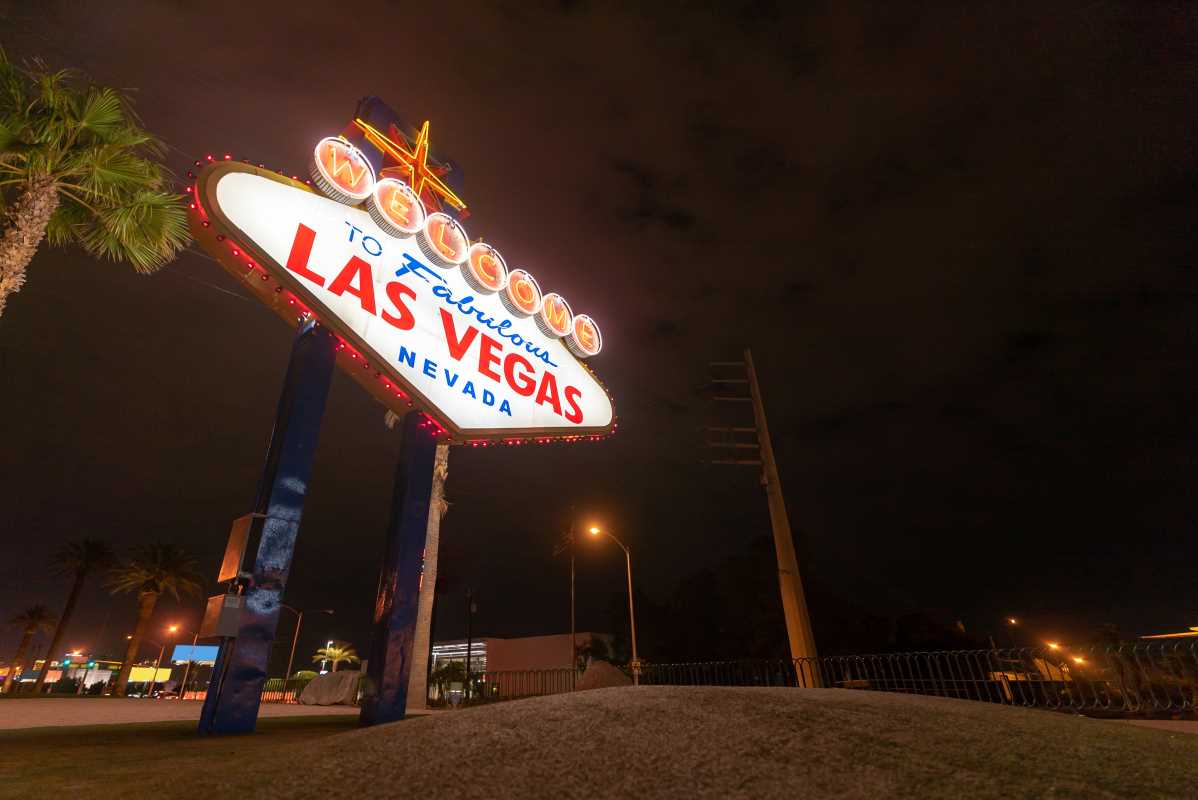 (Image via
(Image via

